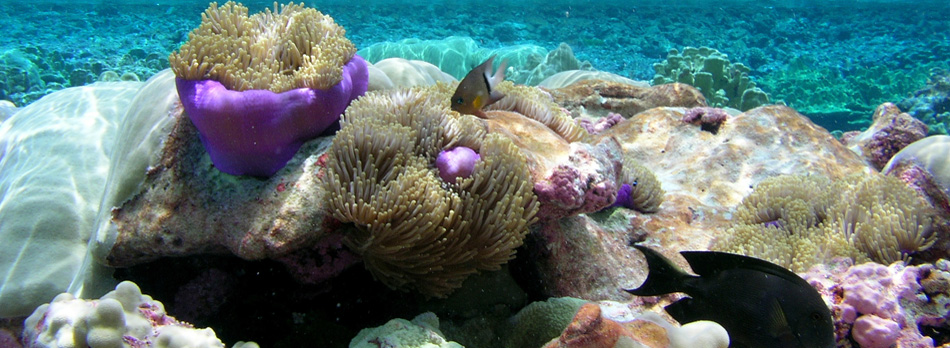
Much as people from far and wide are drawn to gaze in utter primeval fascination at a total eclipse, and the biennial Manhattanhenge, when the setting sun aligns with the city’s east-west streetscape, inspires contemplation of the man-nature synergy, Earth Hour is a sight to behold: when cities and towns customarily blazing in light go dark for an hour, one by one around the globe. It is also a demonstration of people power, rising up to support climate action against the forces that would darken the planet. This year’s event, March 19 on March 19, from 8:30-9:30 pm local time, is the tenth time that millions of people around the globe will take action and switch off the lights.
As the world steps into a new era of climate action, WWF’s Earth Hour is urging supporters to shine a light on climate action through the most powerful communication tool of our time – social media.
This Earth Hour, Saturday, 19 March 2016 8:30 p.m. local time, as the world’s most iconic landmarks prepare to switch off their lights, supporters will be invited to take a stand for climate action on their own personal landmarks – their Facebook and Twitter accounts.
Social media users can promote their commitment to the planet by donating their Facebook feeds to spread climate awareness and action in a few clicks on www.earthhour.org/climateaction. Users can also add a custom-made Earth Hour filter to their profile pictures on Facebook and Twitter to show they believe this is our time to change climate change.
“Social media knows no physical boundaries and neither does climate change,” said Siddarth Das, Executive Director, Earth Hour Global. “A simple action on social media is the kind of powerful statement that can excite friends and communities to be a part of the climate action we need to take on this global challenge.”
With the innovative ‘Donate Your Social Power’ Facebook app, created by Earth Hour in collaboration with creative agency iris Worldwide, supporters around the world can share climate information that matters most to them.
By donating their timelines, users can invite friends and followers to discover how people and communities are helping protect #PlacesWeLove in Australia such as the World Heritage Forests in Tasmania and the Great Barrier Reef or how they can be a part of India’s ambition to #GoSolar. They can also collectively shine a light on the most pressing climate issues facing countries, people and wildlife in Latin America and be a part of Africa’s efforts to change climate change by helping protect forests and promoting access to climate education and renewable energy.
“Climate action today will decide the future of our planet for generations to come. As more people sign up, an increasing number of individuals will be able to see how climate action starts with each of us, here and now,” said Das. “Earth Hour empowers each individual — through a social event, interactive campaigns or through social networks — to be a part of making climate change history.”
This year marks Earth Hour’s tenth lights out event. In the past nine years, WWF and Earth Hour teams worldwide have harnessed the power of the movement to raise support and funds for access to renewable energy, protection of wildlife and their habitats, building sustainable livelihoods and driving climate-friendly legislation and policy.
In 2016, Earth Hour will continue to power grassroots efforts to change climate change including driving a petition for 100 per cent renewable energy in Spain, protecting forests and biodiversity in Africa and helping devise a comprehensive solution to Southeast Asia’s persistent haze crisis by working with governments, businesses and civil society simultaneously on peatland protection and sustainable palm oil.
“Less than three months ago, leaders from 196 nations signed a historic agreement in Paris to take collective action on climate change, clearly showing that we are at a turning point in our fight to cut carbon pollution,” Sara Thomas, Manager, Online Advocacy, World Wildlife Fund, writes.
“I’ll be turning out my lights and hope you’ll join me. Sign up for Mobile Action Team updates and get a text message reminder from me to turn off your lights on Earth Hour day.
Text HOUR to 69866 to sign up.
“You’ll join our list of engaged mobile activists and opt in to receive text messages on the latest opportunities to help World Wildlife Fund protect wildlife and conserve nature.”
Earth Hour 2016 will be celebrated on Saturday, 19 March 2016 between 8:30 and 9:30 p.m. in your local time zone. Log on to www.earthhour.org for more stories and articles on teams using the Earth Hour movement to shine a light on climate action.
“This is our time to change climate change.”
Link to Earth Hour’s ‘The Future Starts Today’ video: http://ehour.me/FutureStartsToday
Link to the official Earth Hour 2016 music video: http://ehour.me/EH2016-MusicVideo
Link to photos on Earth Hour activities around the world: http://www.earthhour.org/photo-galleries
For more travel features, visit:
www.examiner.com/eclectic-travel-in-national/karen-rubin
www.examiner.com/international-travel-in-national/karen-rubin
goingplacesnearandfar.wordpress.com
travelwritersmagazine.com/TravelFeaturesSyndicate/
goingplacesfarandnear.tumblr.com/
‘Like’ us on facebook.com/NewsPhotoFeatures
Twitter: @TravelFeatures
